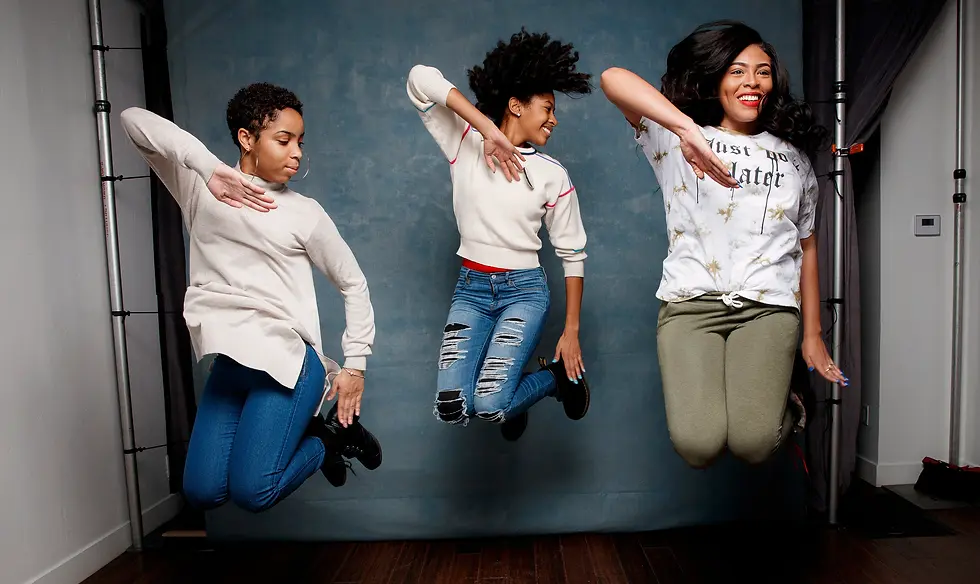The History Of Step
- Julian Brooks
- Oct 10, 2023
- 2 min read
Updated: Nov 8, 2023

This article will break down the history of stepping in historically black fraternities
and sororities. Who was the first to do it? Who does it the best based on popular consensus? We will answer all these questions and more.
Stepping is a unique and vibrant form of performance art that is deeply rooted in Black culture and has a rich history. It has developed a home in Greek-letter organizations, particularly among the Divine Nine. Here is a brief overview of the history of stepping.
Stepping has its origins in African dance and rhythmic traditions. African dance often incorporates intricate footwork, hand claps, and body movements to create complex rhythms and express cultural identity. Many aspects of stepping can be traced back to these African roots. The main components of the African step included Call-and-Response, Storytelling, Physicality, and expression. We can still notice each of these components in stepping to this very day.
In the early 20th century, these forms of stepping were relatively simple and primarily used as a means of building unity and camaraderie within Black Greek-letter organizations (BGLOs). These organizations were established in the early 20th century on college campuses to provide support, mentorship, and a sense of belonging for Black students.
The nine founding BGLOs that played a significant role in the development of stepping include Alpha Phi Alpha, Alpha Kappa Alpha, Kappa Alpha Psi, Omega Psi Phi, Delta Sigma Theta, Phi Beta Sigma, Zeta Phi Beta, Sigma Gamma Rho, and Iota Phi Theta (also known as the “Divine Nine”). These organizations laid the foundation for stepping and began incorporating it into their traditions. And, of course, the Blue & White BGLOs did it the best.
Stepping evolved over the years from basic rhythm-based movements to a highly stylized art form. It began incorporating elements of dance, spoken word, call-and-response , and creative choreography. Stepping routines often include synchronized clapping, stomping, and chanting. This is another reason why you will see call-and-response as a main component of stepping today.
Call-and-response involves a leader (caller) initiating a vocal or rhythmic pattern, and the rest of the group (responders) echoing or responding with a complementary pattern.
As popularity increased, stepping has maintained the most cultural significance within BGLOs and the broader African-American diaspora. It is used in various settings, including community events, college step shows, cultural celebrations, and talent contests, to showcase unity, pride, and cultural identity.
The national attention on stepping reached a frenzied peak in the early 2000s, due to frequent appearances in movies, television shows, and music videos. Mainstream portrayals in movies like “Stomp The Yard”, “Step Up”, and “You Got Served” helped spread awareness of the art form and cement its cultural significance.
Today, stepping is often performed in competitive settings, with step teams and organizations participating in national and regional step competitions. These events highlight the creativity, precision, and innovation of step routines. Many colleges and universities have also embraced stepping as part of their campus culture.
Stepping continues to be a dynamic and evolving art form, and it remains a powerful expression of Black culture, unity, and creativity. It serves as a source of pride and identity for those in the Blue & White community and has contributed to the broader cultural landscape of the United States.




Comments